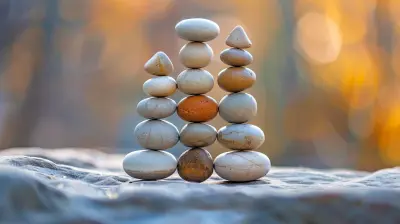Creating Lesson Plans for Outdoor Learning and Exploration
17 October 2025
Let’s face it—kids weren’t built to sit still in desks all day. We’ve all seen it. The fidgeting. The glazed-over stares. The barely-contained bursts of energy. So why not channel that natural curiosity and restlessness into something meaningful? That’s where outdoor learning comes in.
But wait—before you think this is just another “outdoor recess-disguised-as-education” idea, hold that thought. Outdoor learning isn’t just about playing outside. It’s about turning the world into your classroom. Grass becomes the chalkboard. Trees, the textbooks. And curiosity? That’s the curriculum.
Creating lesson plans for outdoor learning and exploration is part art, part science—and all heart. In this guide, we’ll break it all down so you can get started nurturing lifelong learners, one trail walk or leaf pile at a time.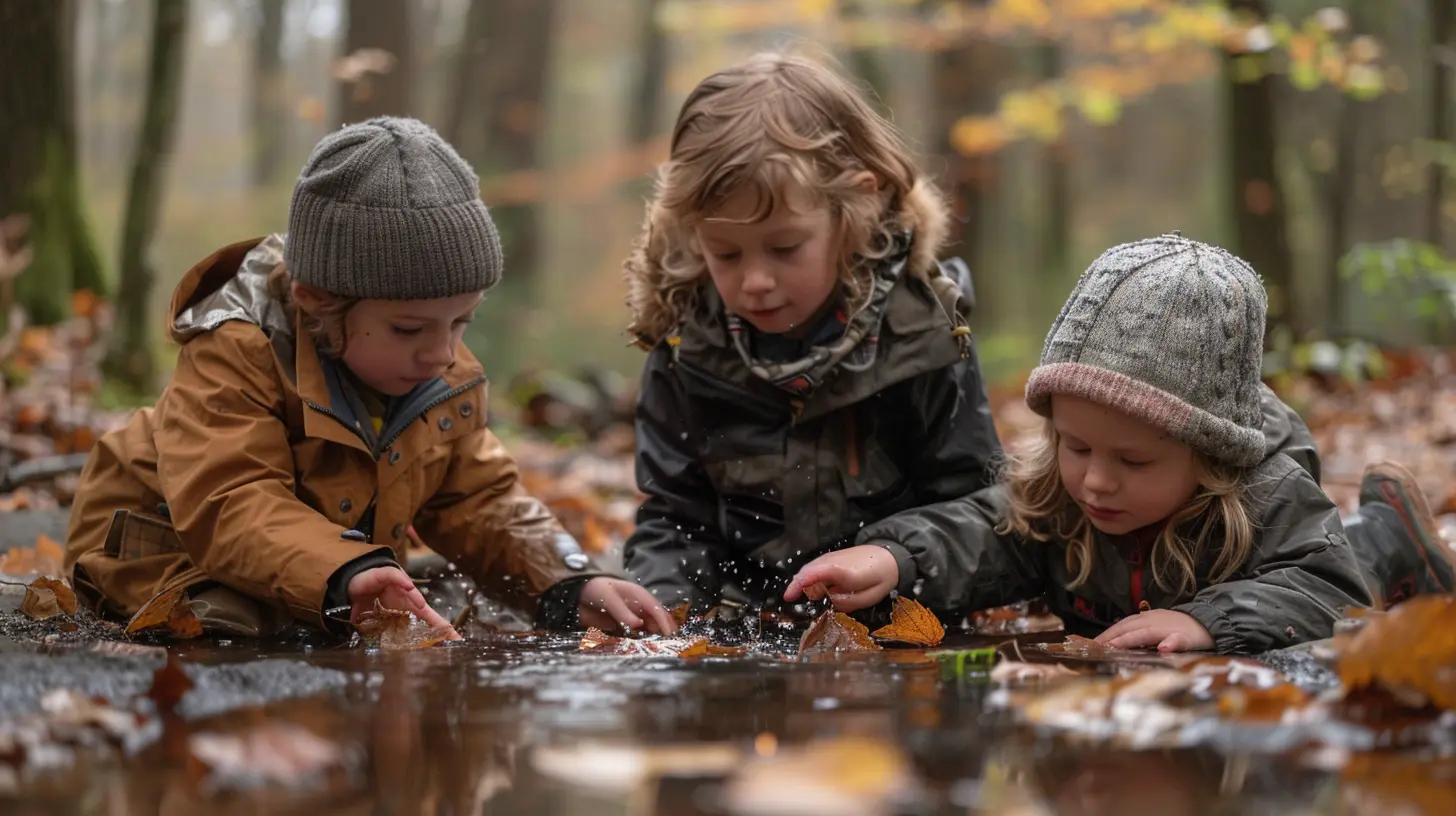
Why Take Learning Outside?
Ever wonder why kids seem more alive outdoors? The open air, the colors, the space to move—it’s like their brains just switch on.And science agrees.
Studies show outdoor education boosts focus, enhances memory, improves physical and mental health, and even fosters social skills. Who knew swapping fluorescent lights for sunlight could have such a positive impact?
Not to mention, students often develop a deeper appreciation for nature when they have hands-on experiences with it. They’re more likely to protect the environment when they’ve spent time learning within it.
So, next time you’re agonizing over how to make fractions interesting—try counting pinecones or measuring tree shadows.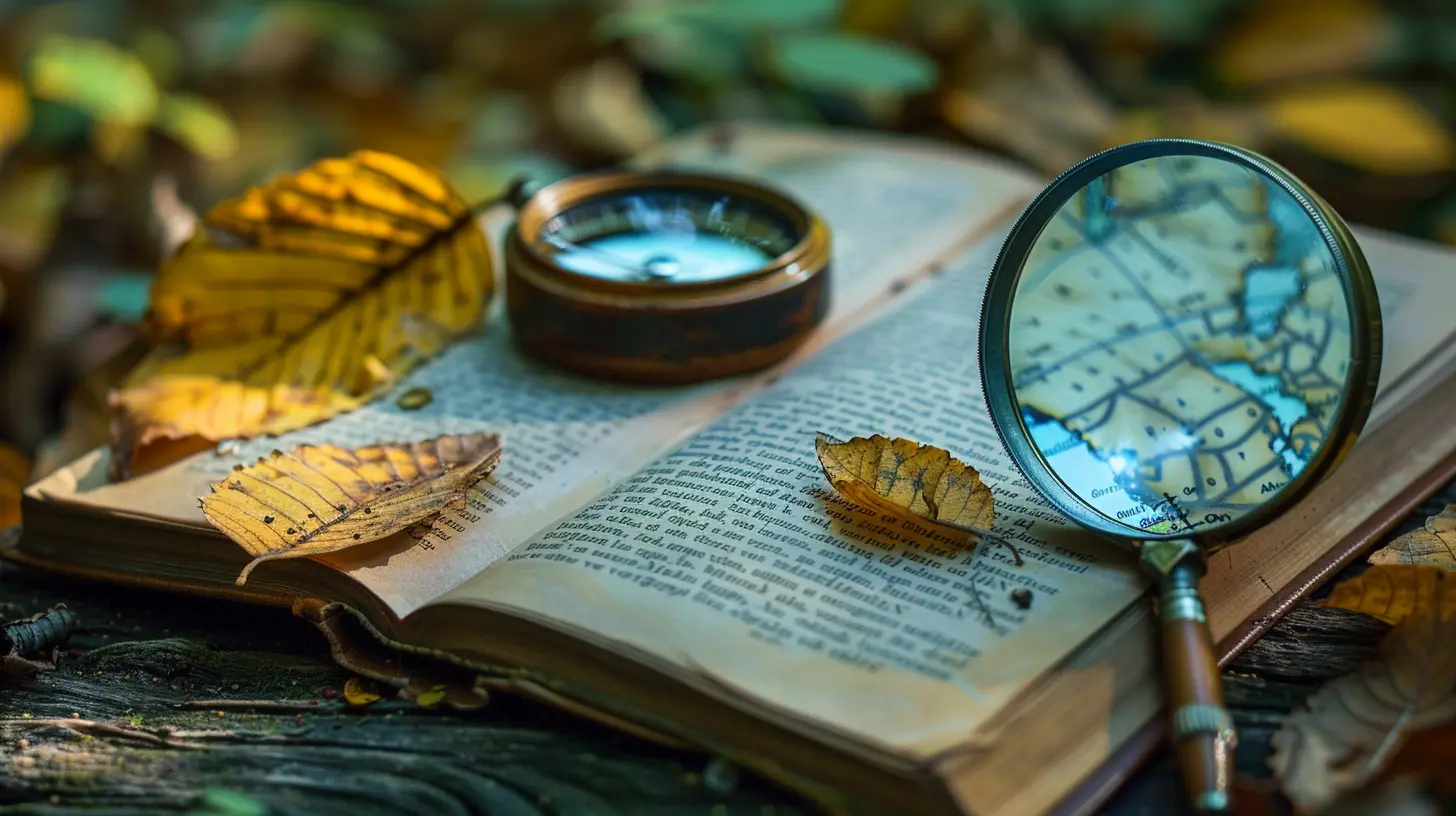
Laying the Foundation: What Makes a Great Outdoor Lesson Plan?
Before grabbing your clipboard and marching off into the wild, let’s get strategic. A successful outdoor lesson plan needs a few key ingredients:1. Clear Learning Objectives
Just like indoor lessons, you’ll need a clear understanding of what students should learn. Are you teaching science? Math? Language arts?Tie your lesson to curriculum standards but keep it flexible. Outdoor environments can be unpredictable, and that’s part of the magic.
2. Interactive Activities
Hands-on is the name of the game. If students are doing more listening than moving, you’re doing it wrong. Think: building, observing, sketching, collecting, measuring, recording.3. Connection to the Environment
Don’t just plop your classroom outside. Use the setting! Tap into what’s blooming, crawling, or changing with the seasons.4. Assessments That Make Sense
No, you don’t have to hand out bubble tests in a forest. Assessments can be reflective journals, drawings, collected data, or group discussions.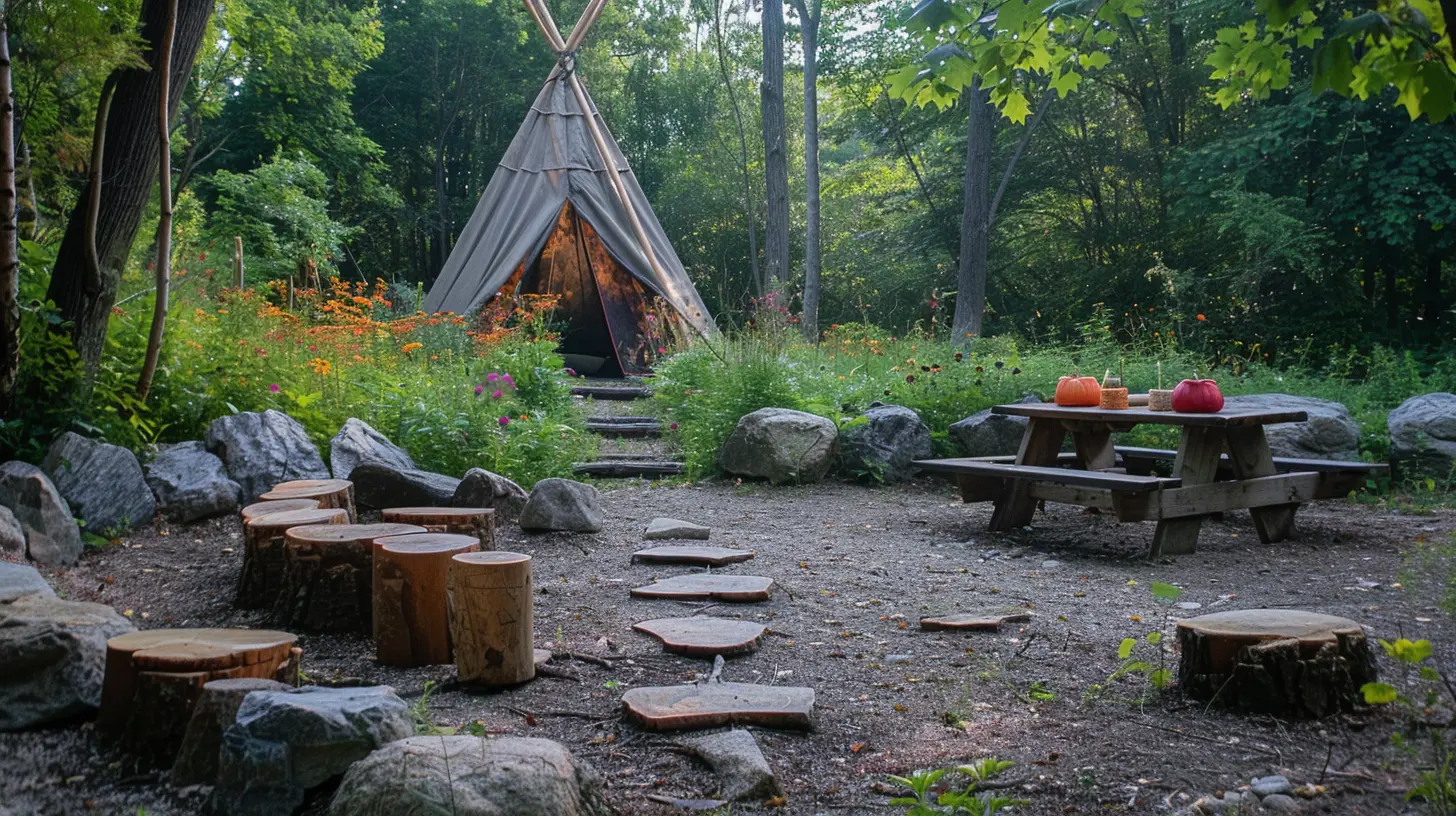
Step-by-Step: How to Create Your Outdoor Lesson Plan
Ready to roll up those sleeves? Here’s a step-by-step guide to crafting your own outdoor learning masterpiece.Step 1: Pick Your Subject (Or Combine a Few)
Sure, science screams “Take me outside!” But so do math, reading, art, and social studies.- Science: Conduct soil tests, observe local wildlife, or start a weather journal.
- Math: Use natural objects for counting or measure areas and angles with sticks and stones.
- Language arts: Write poetry inspired by nature or create storytelling trails.
- Social Studies: Explore local history trails or cultural landmarks near your school.
- Art: Leaf rubbings, nature sculptures, or ephemeral art like Andy Goldsworthy.
Combining subjects works wonders and mirrors real-life problem-solving.
Step 2: Choose Your Location Wisely
Your outdoor classroom doesn’t have to be a forest or a national park. Think:- Schoolyard
- Local park
- Garden
- Courtyard
- Nature center
- Even just a patch of grass or sidewalk nearby
Make sure your location supports the lesson goals and is accessible and safe.
Step 3: Plan Your Activities
This is where it gets fun. Think beyond just observing.Some activity ideas:
- Scavenger hunts (shape-based for geometry, color-based for art, sound-based for sensory awareness)
- Nature journals (drawings, leaf rubbings, reflections)
- Data collection (temperature patterns, bug counts, plant growth)
- Outdoor mapping (create maps of trails, schoolyards, or gardens)
- Story walks (reading pages of a book placed along a walk)
Break the activity into easy-to-follow steps. Make sure materials are portable, with minimal setup.
Step 4: Build in Time for Reflection
We often rush from one activity to the next, but learning needs breathing room—especially outdoors. Allow students time to sit, sketch, write, or just talk about what they've learned.Try a "sit spot" routine: students return to the same outdoor spot throughout the year and record what they notice. It builds observation skills and a deep sense of place.
Step 5: Assess Creatively
Instead of testing, try:- Nature portfolios
- Photo documentation
- Peer presentations
- Oral storytelling
- Journal entries
The goal is to assess understanding—not memorization.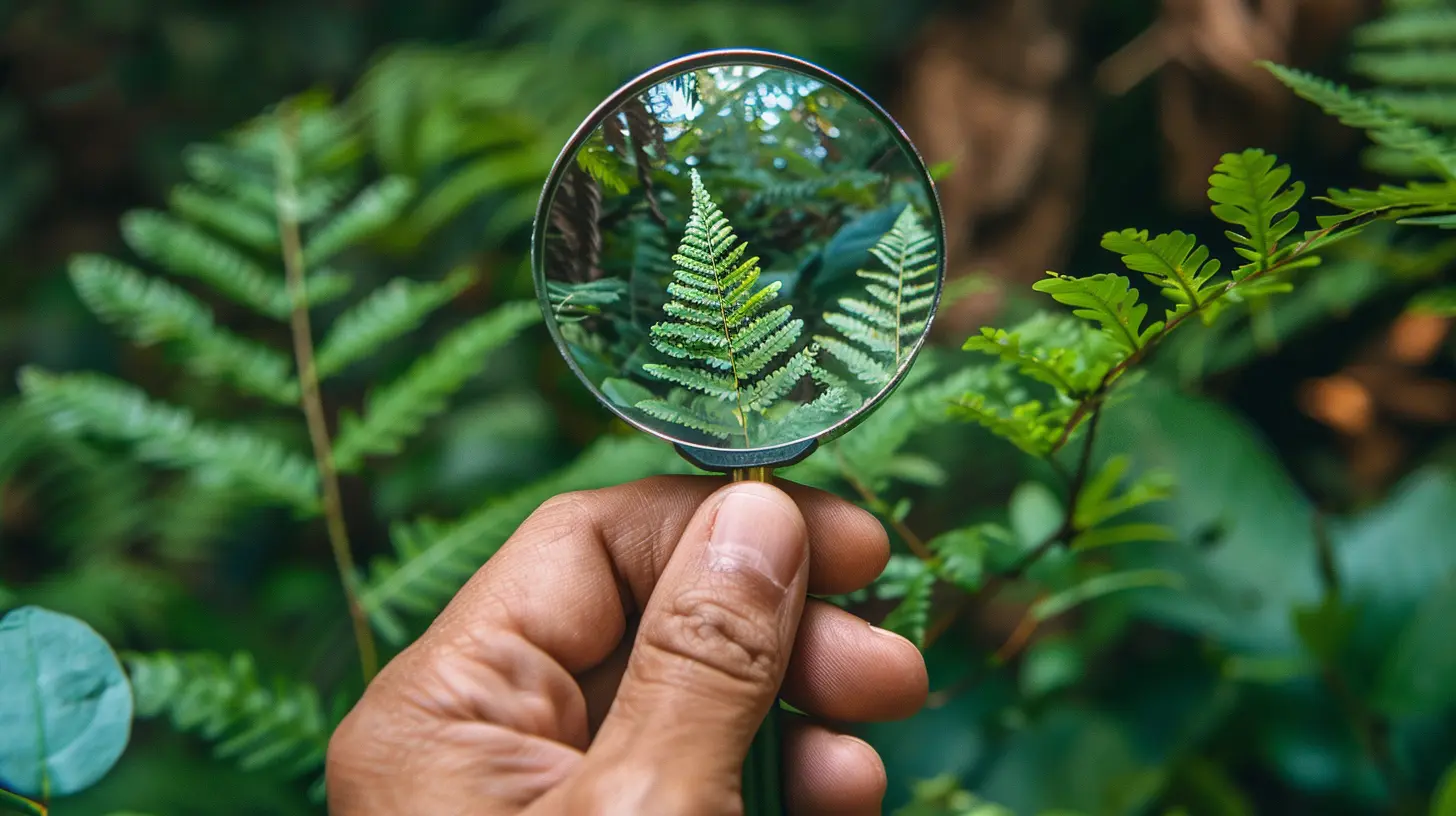
Tips and Tricks for Successful Outdoor Learning
Alright, now that you’ve got a plan, let’s talk logistics. Because let’s be honest—things rarely go exactly as planned, especially when bugs, weather, and squirrels are involved.Be Flexible, Not Flustered
Rain? Wind? Unexpected construction noises? Outdoor learning teaches adaptability—in you and your students. Always have a Plan B.Safety First
Set clear boundaries. Go over expectations for behavior. Assign buddies. Bring a first aid kit. Outdoor learning is enchanting, but safety is non-negotiable.Pack Smart
Here’s your outdoor learning survival kit:- Clipboards
- Pencils (not pens — trust me)
- Ziplock bags (for collecting and protecting)
- Magnifying glasses
- Laminated instructions
- Field guides
- Portable seating (like foldable mats or buckets)
Dress for Success
Encourage students (and remind parents) to dress for the weather. Nothing ruins an outdoor lesson faster than soggy socks or sunburned noses.Real-World Outdoor Lesson Plan Examples
Need a little inspiration? Here's what these ideas look like in action.🌿 “Bug Hotel Architects” (Grades 3–5)
- Subject: Science + Engineering- Location: School garden or park
- Objective: Understand animal habitats and human impact
- Activity:
- Research insects that live locally
- Design and build bug hotels using natural and recycled materials
- Monitor which insects visit and record data
- Assessment: Group presentations and activity logs
🍂 “Poems from a Meadow” (Grades 6–8)
- Subject: Language Arts- Location: Local field or grassy area
- Objective: Use sensory language and imagery in writing
- Activity:
- Silent solo walk with journals
- Write a descriptive or narrative poem based on surroundings
- Share and peer review
- Assessment: Final poem and reflection on the process
☀️ “Shadow Math” (Grades 1–3)
- Subject: Math- Location: Sunny outdoor space
- Objective: Measure and understand basic geometry
- Activity:
- Use chalk to outline and measure student shadows
- Compare lengths at different times of day
- Introduce basic concepts of angles and measurement units
- Assessment: Group comparison charts and oral discussion
Outdoor Learning for All Seasons
Don’t limit outdoor education to spring or fall. With the right prep, every season brings something new to teach:- Winter: Ice crystals, animal tracks, temperature graphs
- Spring: Budding plants, migratory birds, insect hatches
- Summer: High sun shadows, nature scavenger hunts
- Fall: Leaf color changes, seed dispersal, seasonal cycles
Bundle up, bring tea, make it work. Nature doesn’t take a break—why should we?
Let’s Get Real—Why This Matters
Creating outdoor lesson plans isn’t just about changing up scenery. It’s about reimagining what education can be.Think about it: when’s the last time you learned something truly meaningful by sitting at a desk all day?
The world is full of lessons waiting outside our doors. Curiosity thrives in the rustle of leaves, the buzz of bees, the feeling of cold dirt under fingernails. Outdoor learning invites students to question, to observe, to connect the dots between textbook and real life.
And the best part? You don’t need fancy gear or a forest in your backyard. You just need the courage to step outside the box—literally.
So go ahead, let the classroom breathe a little. Your students’ brains—and hearts—will thank you.
Final Thoughts: Start Small, Think Big
You don’t have to become a forest school overnight. Start with a 30-minute nature walk. Or one outdoor journaling session a week. The more you do it, the easier it becomes—and the more your students will crave it.Remember: nature is the ultimate co-teacher. She’s unpredictable, messy, beautiful, and wise.
Let her help you teach.
all images in this post were generated using AI tools
Category:
Lesson PlansAuthor:

Eva Barker
Discussion
rate this article
1 comments
Finley Bishop
This article beautifully highlights the importance of outdoor learning. It’s essential for fostering a lifelong love of nature in students.
October 26, 2025 at 1:11 PM

Eva Barker
Thank you! I'm glad you enjoyed the article and recognize the value of outdoor learning in cultivating a love for nature.
